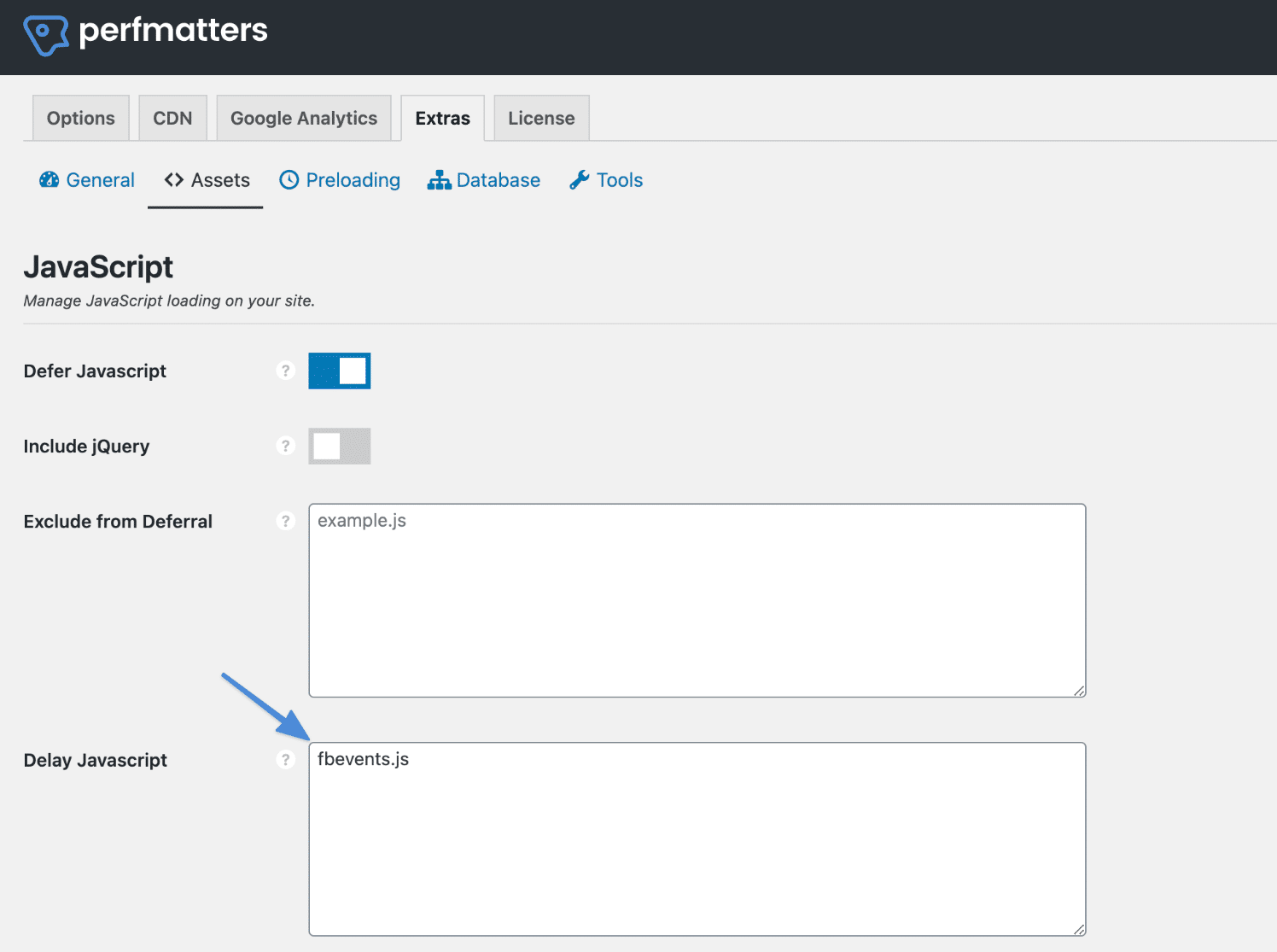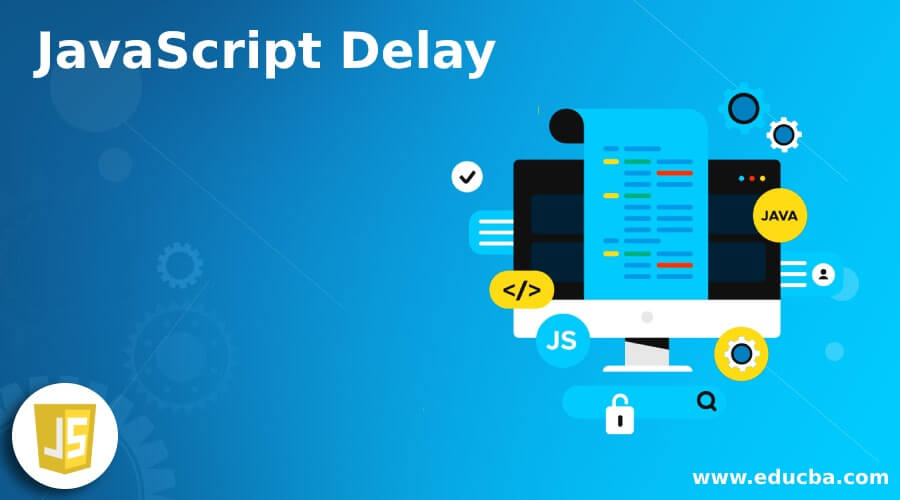

log ( "Hello" ) setTimeout ( ( ) => delayedGreeting ( ) console. The standard way of creating a delay in JavaScript is to use its setTimeout method. Now that we have a better understanding of JavaScript’s execution model, let’s have a look at how JavaScript handles delays and asynchronous operations. This can be useful for creating delays, like for periodically making an AJAX request, running animations, or even simply allowing a certain process to complete before moving on.
JAVASCRIPT SIMPLE DELAY HOW TO
You Might Not Actually Need a JS Sleep Function Debounce How to Delay a Function in JavaScript (JS ES6 Example) Ondrej Polesny In JavaScript, a debounce function makes sure that your code is only triggered once per user input. In JavaScript, waiting a specific amount of time before executing a function or piece of code is a common requirement. If any of this is news to you, you should watch this excellent conference talk: What the heck is the event loop anyway?. Rather, it will continue on its way, output “Hello!” to the console, then when the request returns a couple of hundred milliseconds later, it will output the number of repos. It will not, however, wait for the request to complete. The JavaScript interpreter will encounter the fetch command and dispatch the request. Use the clearTimeout () method to prevent the function from starting. 2.Get the current time using time.monotonic () and assign it to starttime. This is because fetching data from an API is an asynchronous operation in JavaScript. If you run this code, it will output “Hello!” to the screen, then the number of public repos attributed to my GitHub account. One such thing is totally covered by SitePoint in their article, Delay, sleep, pause, wait etc in JavaScript. Execution goes from top to bottom.Ĭontrast that with the equivalent JavaScript version: fetch ( '' ). T here is a huge debate of using delays in JavaScript. It then parses the response, outputs the number of public repos attributed to my GitHub account and finally prints “Hello!” to the screen. get (uri ) )Īs one might expect, this code makes a request to the GitHub API to fetch my user data. Useful for tracking codes, javascript, adding buttons/overlays to the page, etc.Understanding JavaScript’s Execution Modelīefore we get going, it’s important to make sure we understand JavaScript’s execution model correctly.Ĭonsider the following Ruby code: require 'net/http' require 'json'

That will output the text “Something to output here” at the bottom of every single content-mask iframe. An example would look like, going into your theme’s functions.php file and adding: add_action( 'content_mask_iframe_footer', 'some_custom_function' ) Mostly used to insert tracking codes or “overlayed content”, using WordPress’s add_actionfunction. Here in the debounce function, we are taking two arguments, the first is the function and the second is the delay time or the timeout time. arg1, arg2, are arguments passed to the cb callback function. delay is the time in milliseconds that the timer should wait before executing the callback function. This method executes a function, after waiting a specified number of milliseconds. Code language: JavaScript (javascript) In this syntax: cb is a callback function to be executed after the timer expires. Regarding the content_mask_iframe_footer hook, that’s just a standard action hook that you can execute PHP Code on. JavaScript doesn’t offer any wait command to add a delay to the loops but we can do so using setTimeout method.

Widely used JS libraries already contain its implementation. setTimeout () accepts time in milliseconds, so setTimeout (fn, 1000) tells JavaScript to call fn after 1 second. You can see an example of that working on this page here: where it is hidden but shows up in 3.5 seconds. However, you don’t need to use your own implementation of debounce in your projects if you don’t want to. To delay a function execution in JavaScript by 1 second, wrap a promise execution inside a function and wrap the Promise's resolve () in a setTimeout () as shown below. Var contentMaskFrame = document.querySelector('#content-mask-frame') Then in the Footer Scripts box, you can do a simple setTimeout function to show the content after your defined delay: In the Header Scripts box, you can add some code to set the frame’s opacity to 0, and perhaps give it a nice transition: If you want it to apply to just one, you can edit the page/post and add it to the header/footer scripts metabox below the editor.
JAVASCRIPT SIMPLE DELAY DOWNLOAD
(Just be sure to put the code in the iframe method boxes, not the download method ones!) If you want it to apply to all iframed pages, you can go to Content Mask > Scripts & Styles in the menu. It should be possible to add a few second delay before the iframe starts to load – but the issue with that could be since it’s a fullpage, it’d be a blank page for a time.


 0 kommentar(er)
0 kommentar(er)
